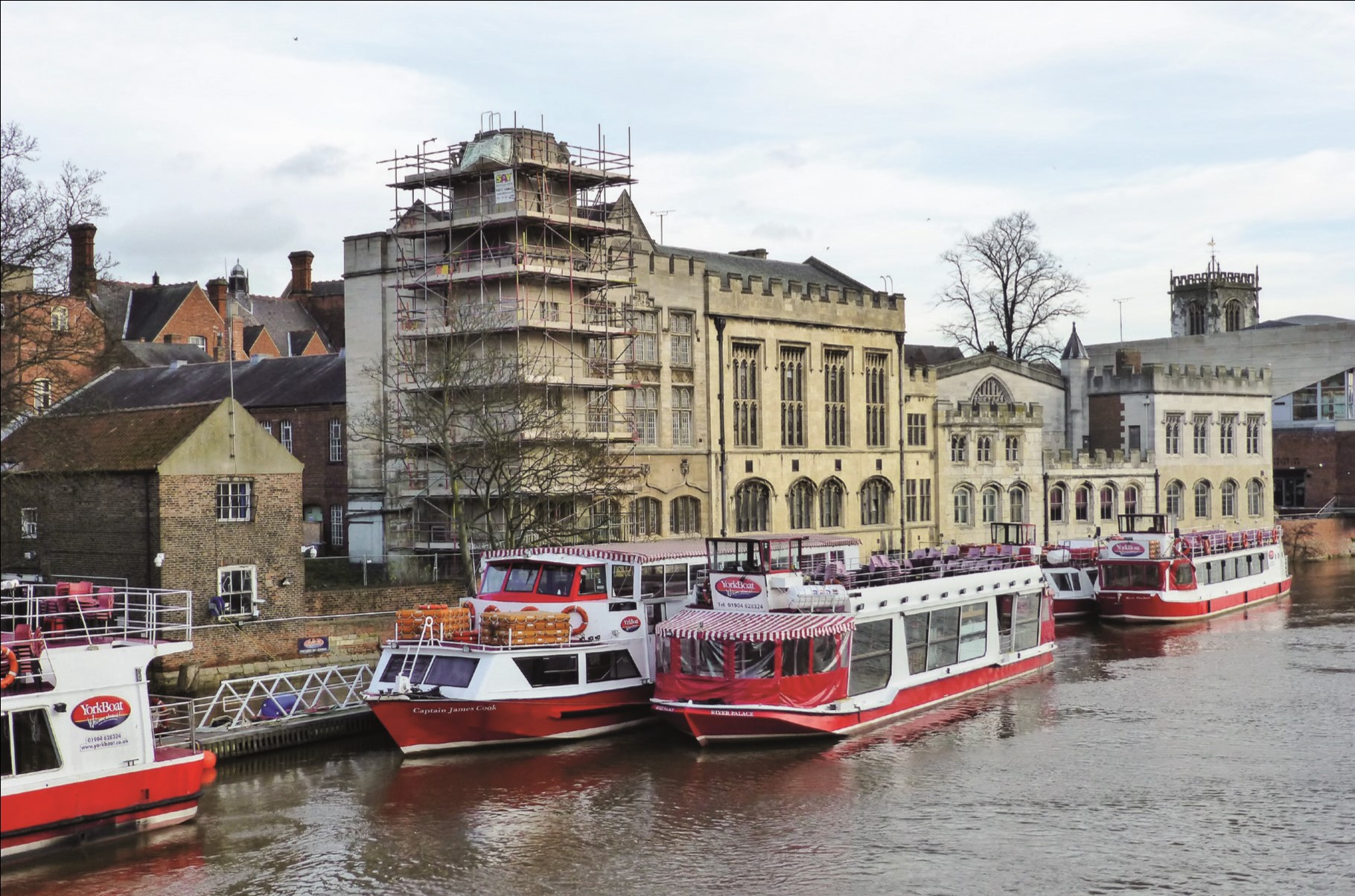Spot listing of historic buildings

|
England, Scotland, Wales and Northern Ireland are very rich in historic structures, whether great cathedrals, industrial buildings, houses or other building types. Together, they form a key aspect of the historic environment.
Buildings of special architectural or historic interest are given protection from unauthorised alteration, extension or demolition by being included on a statutory list compiled by the Secretary of State for National Heritage. The list is compiled under the terms of the Planning (Listed Buildings and Conservation Areas) Act 1990.
For more information see: Listed buildings.
Spot listing was an older mechanism -– now no longer in operation -– which followed recommendations from local authorities, individuals and local bodies highlighting the need for a particular building to be added to the list. It was characterised by the speed of the resulting action – it was faster than the normal review process, hence ‘on the spot’.
Lists of designated buildings can be found online at most local authority websites; for those without internet access, list descriptions should be available for public inspection at the district council or county planning offices.
- For England, lists can be viewed HERE.
- For Scotland, lists can be found on Historic Scotland’s website
- For Wales, lists can be found HERE
Recommending that a building should be added to the list is open to everyone as long as they specify what the nature of the threat to the building is. However, the process now follows the traditional route and usually takes six months from the time a request is made.
Requests for a building to be added to (or removed from) the statutory list under the terms of section 6 of the 1990 Act should be directed to Historic England (details of how to do so can be found HERE. Historic England assesses such requests before submitting its recommendation to the Secretary of State.
The sort of information that should be included in a request for listing includes:
- Justification – why should the building be added to the list?
- Details – full address, including if possible, the name of the civil parish and of the local, district and county authorities.
- Location plan – preferably an Ordnance Survey map, showing the building (or buildings).
- Brief description – historical and/or architectural information: eg, who designed it/who built it? Names, dates, designers, significance, materials used, etc are all useful. Help may be gained from local historians, architects and local history groups. Is the original planning application still on file (it may be if constructed in the 19th century)?
- Good photographs – photos do not have to be professional, just colour snaps that are in focus, taken in sunlight, showing the complete building elevations plus showing the building in its context.
- Statement – outlining the nature of any threat, whether real or perceived.
In England, once the application has been made, the Department for Culture, Media and Sport will request a Historic England inspector assesses the building, makes a report and recommends whether the building should or should not be added. It is then up to the Secretary of State to accept the inspector’s decision. If turned down, there is an appeal process although this is rarely successful.
NB The term 'spot listing' may now be referred to as 'reactive listing'.
[edit] Related articles on Designing Buildings
- Are works to listed buildings demolition or alteration?
- Building Preservation Notice.
- Cautions or formal warnings in relation to potential listed building offences in England and Wales.
- Certificate of immunity.
- Certificate of Lawfulness of Proposed Works.
- Charging for Listed Building Consent pre-application advice.
- Compulsory purchase orders for listed buildings.
- Conservation area.
- Conservation officer.
- Designated areas.
- Energy efficiency of traditional buildings.
- 'England's Post-War Listed Buildings'.
- Enterprise and Regulatory Reform Act 2013 and listed buildings.
- Fitness for purpose in listing considerations.
- Forced entry to listed buildings.
- Heritage at Risk Register.
- Heritage partnership agreement.
- Historic England.
- International heritage policy.
- Listed Building Heritage Partnership Agreements.
- Local Listed Building Consent Orders.
- Local interest list.
- Listed Building Consent Order.
- Planning (Listed Buildings and Conservation Areas) Act.
- Reactive listing.
- Scheduled monuments.
- Sites of Special Scientific Interest.
- Town and Country Planning Act 1968.
IHBC NewsBlog
Old Sarum fire in listed (& disputed) WW1 Hangar - Wiltshire Council has sought legal advice after fire engulfed a listed First World War hangar that was embroiled in a lengthy planning dispute.
UK Antarctic Heritage Trust launches ‘Virtual Visit’ website area
The Trust calls on people to 'Immerse yourself in our heritage – Making Antarctica Accessible'
Southend Council pledge to force Kursaal owners to maintain building
The Council has pledged to use ‘every tool in the toolbox’ if urgent repairs are not carried out.
HE’s Research Magazine publishes a major study of the heritage of England’s suburbs
The article traces the long evolution of an internal programme to research 200 years of suburban growth
IHBC Context 183 Wellbeing and Heritage published
The issue explores issues at the intersection of heritage and wellbeing.
SAVE celebrates 50 years of campaigning 1975-2025
SAVE Britain’s Heritage has announced events across the country to celebrate bringing new life to remarkable buildings.
IHBC Annual School 2025 - Shrewsbury 12-14 June
Themed Heritage in Context – Value: Plan: Change, join in-person or online.
200th Anniversary Celebration of the Modern Railway Planned
The Stockton & Darlington Railway opened on September 27, 1825.
Competence Framework Launched for Sustainability in the Built Environment
The Construction Industry Council (CIC) and the Edge have jointly published the framework.
Historic England Launches Wellbeing Strategy for Heritage
Whether through visiting, volunteering, learning or creative practice, engaging with heritage can strengthen confidence, resilience, hope and social connections.














